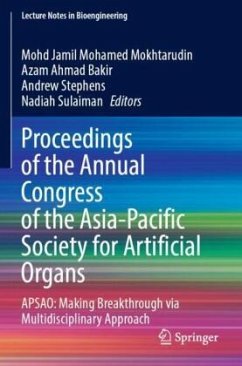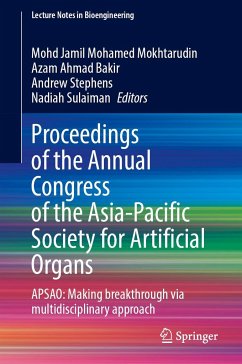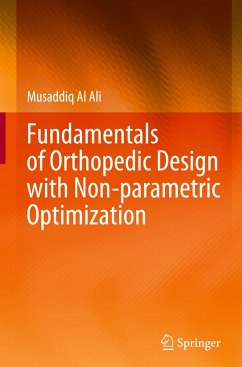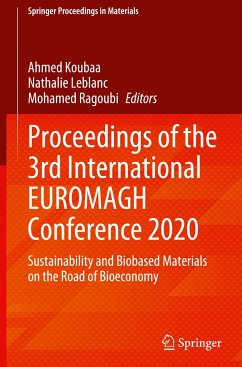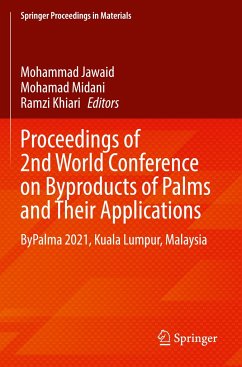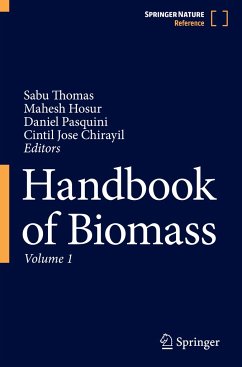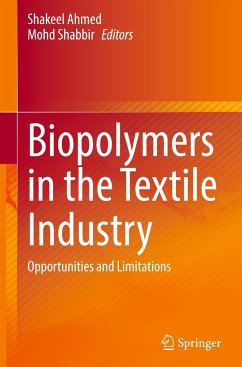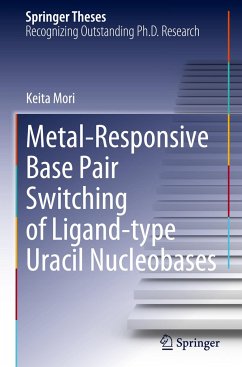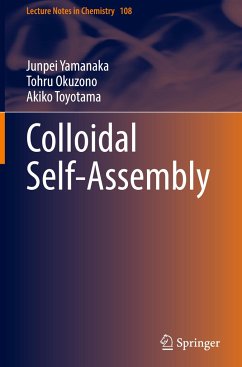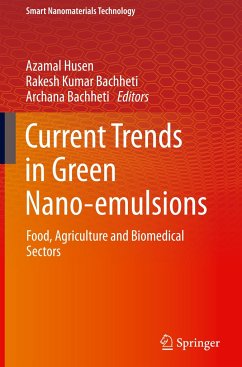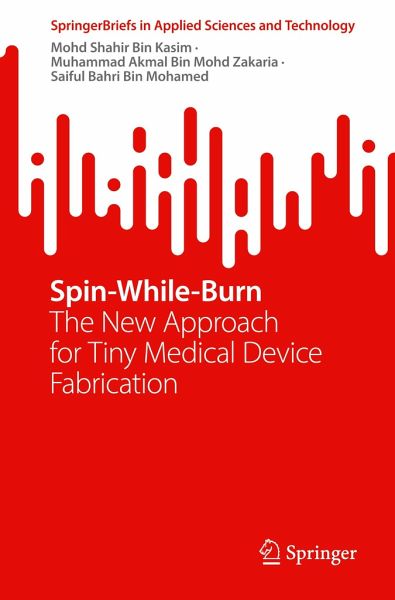
Spin-While-Burn
The New Approach for Tiny Medical Device Fabrication

PAYBACK Punkte
17 °P sammeln!
This book explains the challenges and advancements in cutting precise cylindrical shapes on difficult materials through spark erosion. Titled "Spin while Burn," it addresses the drawbacks associated with this process, including unsatisfactory surface finish and limited productivity. Despite utilizing advanced computing and statistical optimization methods, achieving the ideal balance between material removal rate (MRR) and surface quality remains elusive. In response, the book introduces a hybrid ultrasonic-assisted approach in the wire electrical discharge turning (WEDT) process. By integrati...
This book explains the challenges and advancements in cutting precise cylindrical shapes on difficult materials through spark erosion. Titled "Spin while Burn," it addresses the drawbacks associated with this process, including unsatisfactory surface finish and limited productivity. Despite utilizing advanced computing and statistical optimization methods, achieving the ideal balance between material removal rate (MRR) and surface quality remains elusive. In response, the book introduces a hybrid ultrasonic-assisted approach in the wire electrical discharge turning (WEDT) process. By integrating a rotating workpiece with ultrasonic vibration, the authors evaluate its impact on MRR and surface finish. Through meticulous design experiments and statistical analysis, they explore various cutting parameters and machining paths. The book highlights the characterization of machined surfaces through elemental analysis and surface morphology evaluations. The results demonstrate the positiveeffects of integrating ultrasonic vibration into WEDT, even without optimized ultrasonic parameters. By reducing electrode wire debris and employing multi-objective parameter optimization using the genetic algorithm, significant improvements are achieved in MRR and surface roughness compared to conventional WEDT. "Spin while Burn" consists of five chapters, delving into the challenges, history, principles, performance, and future perspectives of the Spin-while-Burn process in manufacturing. This comprehensive book offers valuable insights into enhancing surface quality and productivity in the cutting of precise cylindrical shapes on challenging materials through spark erosion.



